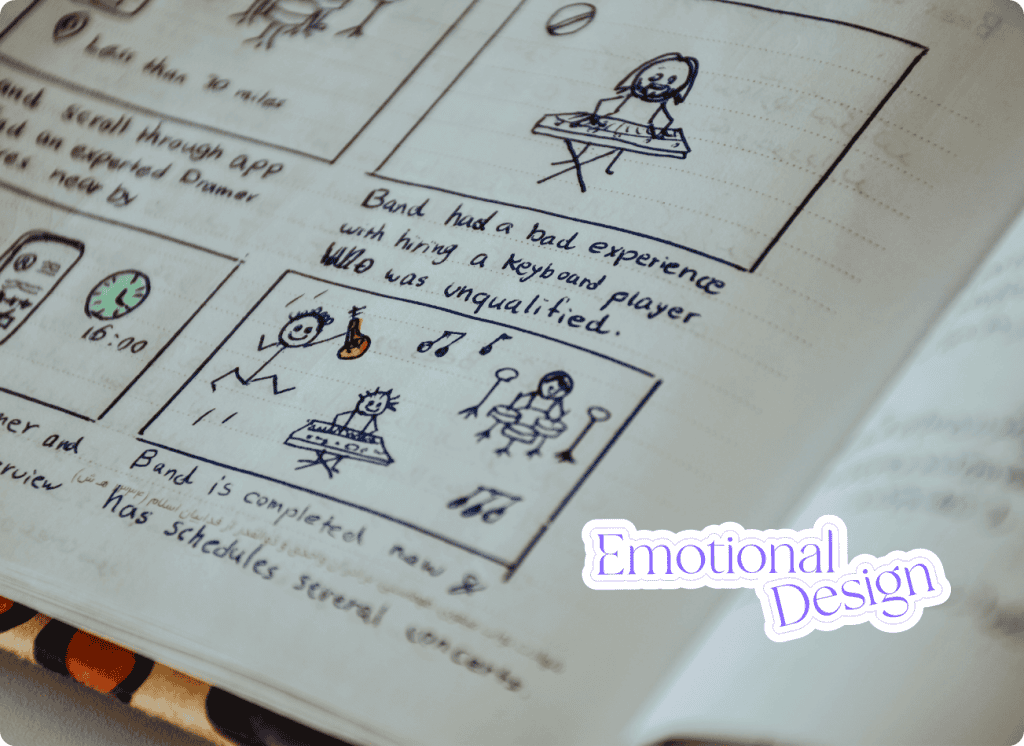
Emotional design is about creating products that elicit emotions, turning user experiences into memorable interactions. This is key in today’s competitive market.
Takeaways
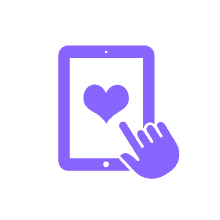
Emotional design is about creating products that resonate with users’ feelings, more engagement and satisfaction.
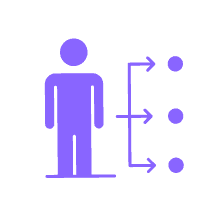
Don Norman’s framework categorizes emotional design into three levels: visceral (aesthetics), behavioral (functionality), and reflective (long-term emotional connection), so designers can create meaningful experiences.

Effective emotional design tactics are personalization, storytelling, gamification and thoughtful error messaging, all of which create stronger user connections and loyalty.
What is Emotional Design

Emotional design is a design philosophy that’s about creating products that elicit emotional responses from users. It’s not just about meeting functional needs but also about meeting users’ emotional reactions. This way designers can create products that resonate emotionally with users, more engagement and satisfaction.
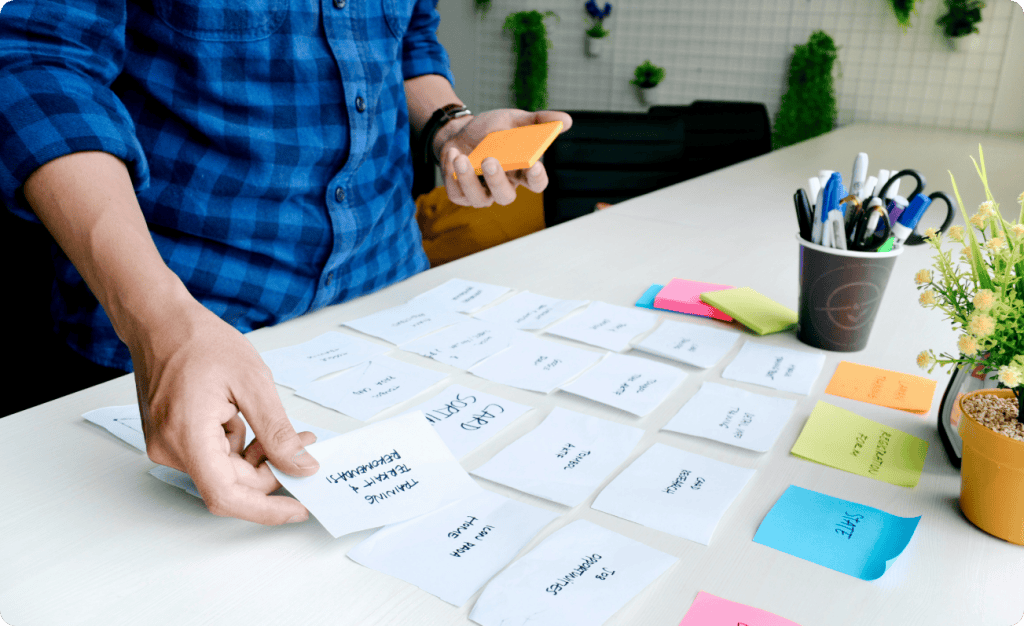
This means designers need to consider not just how a product looks and works but also how it feels. Positive emotional associations with objects can make the overall user experience and daily interactions with products so much better. Emotional design applies to everyday things, so even the most mundane products become more enjoyable and meaningful. The way we love or hate everyday objects and experiences is often shaped by emotional design, which influences our strong feelings towards the things we use daily. When users form emotional bonds with products they are more likely to be loyal to the brand and continue to use the product, that’s a great job making a lasting impact.
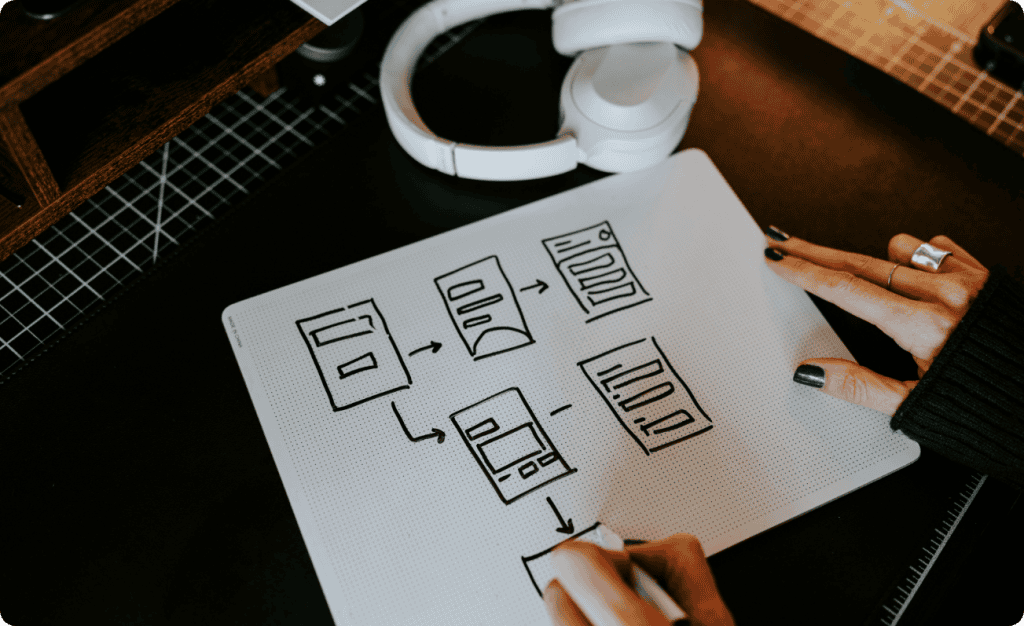
In design emotional appeal is a powerful tool. It can lead to more user engagement and motivation, so users will interact with the product more. Evoke emotions through specific emotional responses allows designers to create experiences that are both functional and deeply meaningful, influence people’s emotional reactions.
Why Emotional Design Matters in User Experience
Emotional design has a huge impact on how users interact with products. It creates meaningful connections that lead to positive experiences and brand loyalty.
Effective emotional design can create connections, so users form deep bonds with products and brands. Evoke positive emotions through emotional design and users will be more satisfied, so they will come back to the product and recommend it to others. When users feel emotionally connected to a product their overall experience improves. Emotional design leads to more customer loyalty and more revenue, as happy users will buy again and spread positive word of mouth. This emotional connection is key to building a strong loyal user base.
Moreover affective interfaces can change human emotions and decision making, so users will stay engaged and satisfied. Emotional design increases satisfaction and makes users more forgiving of minor usability issues, so overall experience is better. Gamification elements for example entertain users and drive positive emotions, through an effective user interface and affective tools.
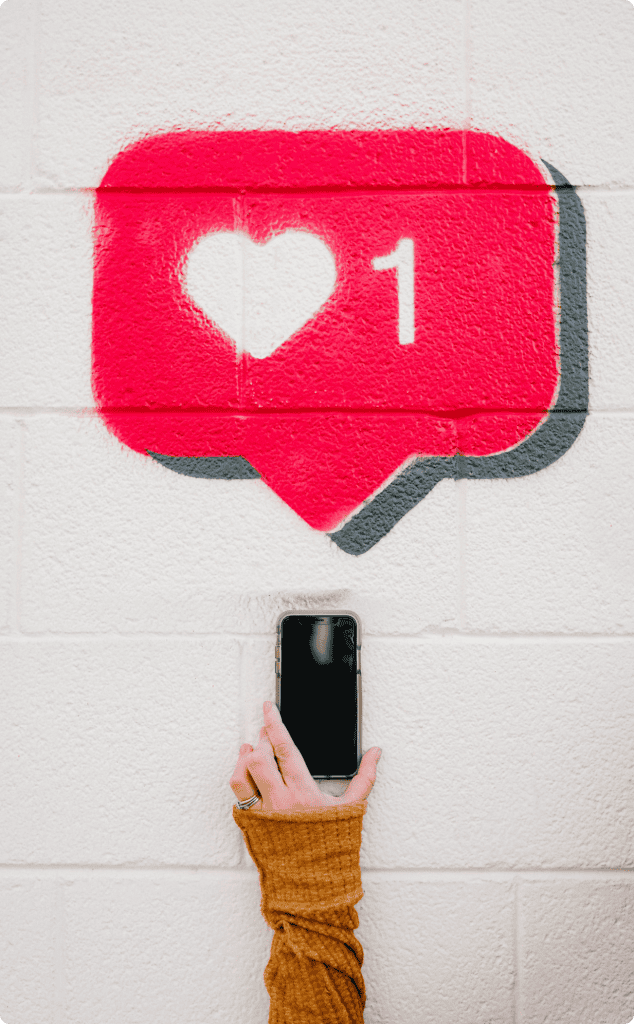
Don Norman’s Three Levels of Emotional Design
Cognitive scientist Don Norman who has degrees in both engineering and psychology introduced a framework that categorizes emotional design into three levels:

Visceral

Behavioral

Reflective
Each level addresses a different aspect of the user’s emotional response to a product, so designers can create a holistic approach to emotional design.
Norman is also co-founder of the Nielsen Norman Group and his work has shaped modern understanding of human centered and emotional design.
The three levels of user experience are:
- Visceral level: Focuses on the user’s first impressions and instinctive emotional responses, mainly influenced by the product’s aesthetics.
- Behavioral level: Centers on usability and functionality, so the product meets user’s needs effectively.
- Reflective level: Involves users’ long term emotional responses and self reflection, so brand loyalty and advocacy.
Understanding and applying Norman’s framework allows designers to create products that resonate on multiple emotional levels, so user loyalty and memorable experiences. Making norman’s insights work means products will not only attract users but also retain them by meeting their emotional needs. Plus norman’s analysis gives valuable guidance in the process.
Visceral Level
The visceral level of emotional design is all about first impressions. It’s about aesthetics and immediate emotional responses to a product. When users encounter a product for the first time their first reaction is often based on its visual appeal and intuitive interactions. This level of design aims to create a strong first impression that hooks users in.
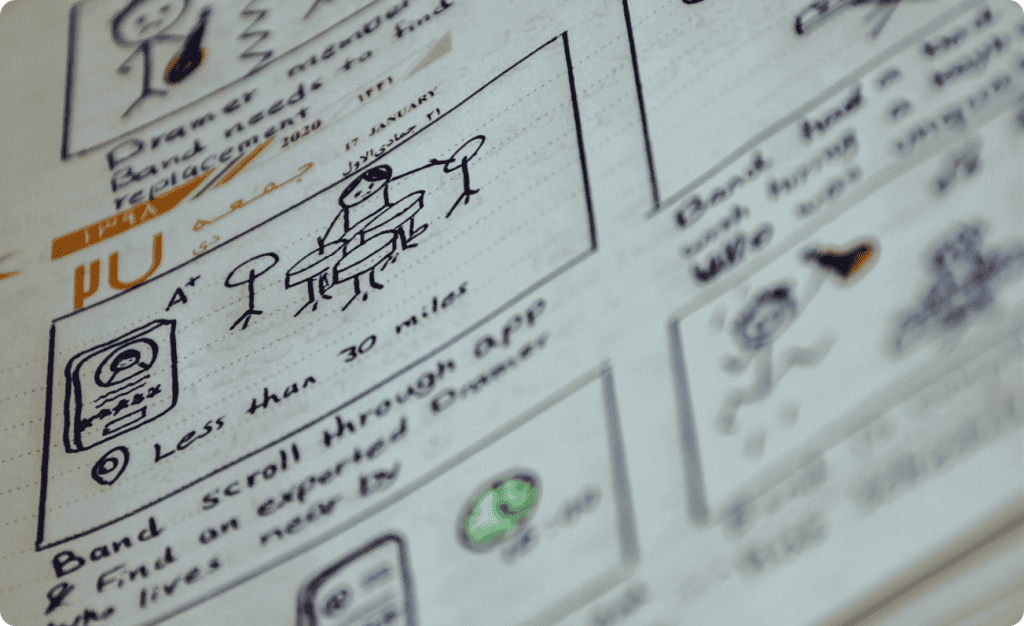
But while aesthetics play a big role in attracting users, they must be paired with the product’s functionality to keep users interested. A product that looks good but doesn’t work well will lose its appeal quickly. So visceral design must be the starting point, not the end goal.The behavioral level of emotional design focuses on usability and functionality. It’s about how well a product performs for the user, so it meets their needs in an intuitive and efficient way. This emotional level of design is key to user satisfaction, as a product that is easy to use and works well will keep users coming back.
Understanding human psychology and human behavior is important at this level. Designers must consider human factors and cognitive responses to create products that users find intuitive and enjoyable to use. Clear communication and intuitive design is important so users understand how to interact with the product, which enhances their overall experience. Focusing on the behavioral level means products provide a positive user experience for humans, meeting both functional and emotional needs. This is where human psychology applies.
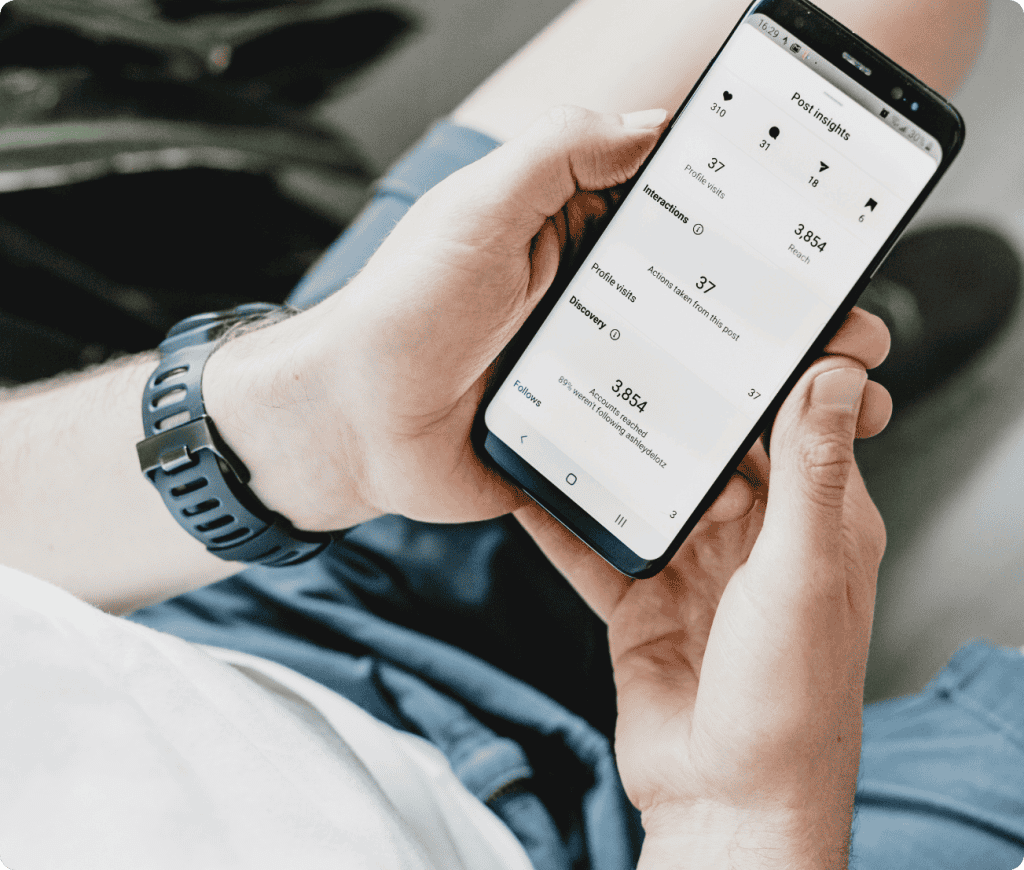
Reflective Level
The reflective level of emotional design is about users’ long term emotional responses and self reflection. This level is about considering the overall significance of the product in users’ lives and how it contributes to their sense of self. Reflective design creates deeper emotional connections by making users feel the product is an essential and meaningful part of their lives.
This level of design often influences brand loyalty and advocacy. When users reflect positively on their experiences with a product they will be more likely to become loyal customers and advocates for the brand. Reflective design plays a big role in creating lasting emotional bonds between users and products.
Emotional Design in Practice
Applying emotional design principles means:
- Creating experiences that evoke positive emotions and meaningful connections between users and products.
- Using storytelling to make experiences more engaging and relatable.
- Adding narrative elements to help designers create emotional connections that resonate with users on a personal level.
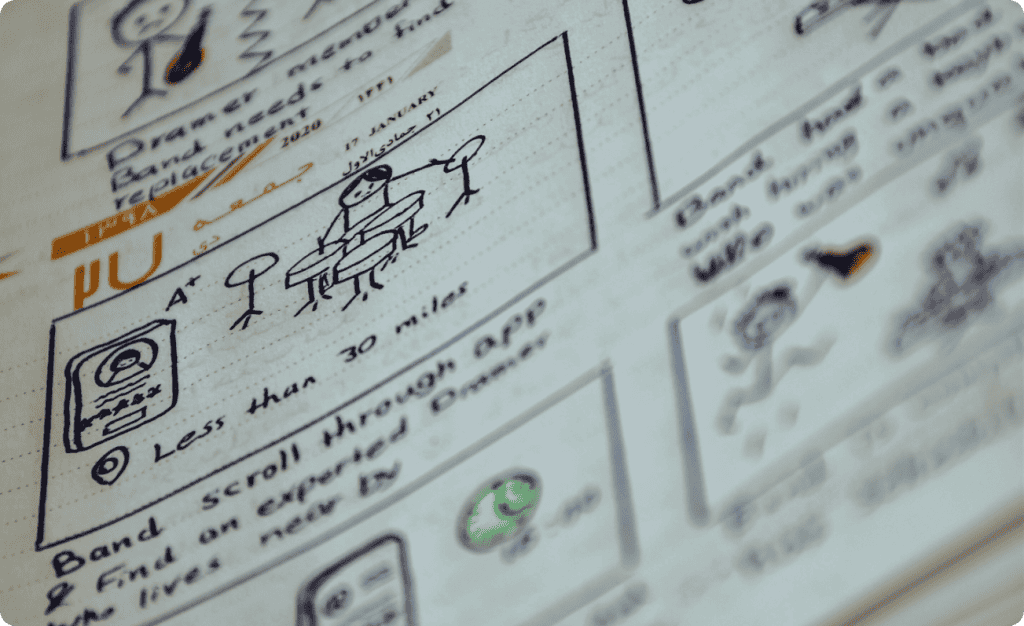
Another practical application is using mascots or characters that users can connect with. These personal touches reinforce the feeling of a friendly helper, so the user experience. By introducing a signature personality through these elements, brands create a unique and memorable identity that fosters user identification and loyalty. Plus effective onboarding videos often use a narrative style to guide users through the product, creating a story that feels familiar and comfortable.
Attention to detail is key in emotional design.
- Offering rewards or surprises to engage users and encourage repeat interactions.
- Personalizing microcopy and error messages to make users feel understood and supported.
- Alleviating frustrations and strengthening emotional bonds through thoughtful design.
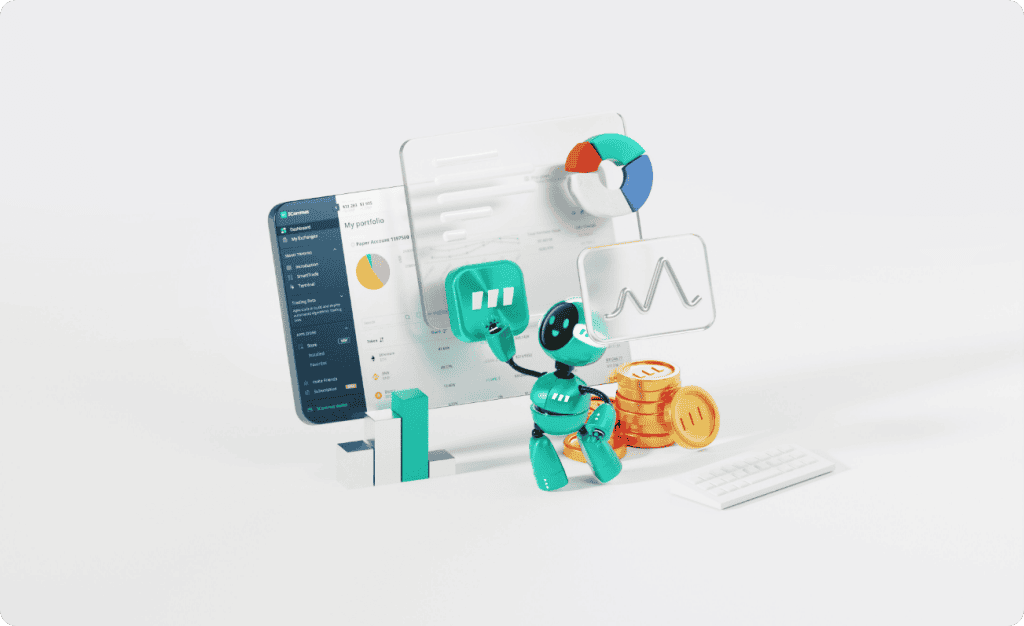
Emotional Design Examples
Real world examples of emotional design in action. Personalized onboarding experiences for instance can boost user satisfaction by tailoring the journey to individual user segments. This makes users feel valued and understood and creates a deeper connection to the product.
Companies like Slack have nailed emotional design by creating delightful and engaging experiences for their users. By adding humor in microcopy and using elements that resonate with users, Slack personalizes interactions and creates emotional connections.

These examples show the importance of emotional design and emotional elements in creating meaningful user experiences. Focusing on the emotional aspects of design enables companies to engage users deeper and create lasting loyalty and more.
Positive Onboarding Experiences
Positive onboarding experiences are key to setting the tone of the user journey. AHA moments during the first time user experience trigger emotional responses about the product and influence how users feel about it, often resulting in a positive reaction. These moments usually happen during the signup experience or first time interactions with the product.
Notion for example customizes its onboarding flow by categorizing users into segments and providing users with different elements for each segment. This personalized approach increases user satisfaction by making users feel special and valued.
Adding tips or inspirational messages during onboarding can make waiting times more enjoyable and engaging. Small graphics and icons during loading screens further engages users and encourages them, making the whole process a nice job.
Humanizing Error Messages
Humanizing error messages is part of emotional design. Using humor to entertain users during errors can turn frustrating situations into enjoyable moments. Thoughtful microcopy in funny error messages can alleviate user frustration and create a positive emotional response.
Humanizing error messages creates emotional connections with users. This turns errors into opportunities for delight, enhancing the overall user experience and creating positive emotional bonds.
Gamification Elements
Gamification elements are powerful tools to engage users and enhance their experience. Adding interactive elements to user experiences can create a sense of progression and achievement, making users want to use the product more.
The feeling of achievement in gamified systems creates positive emotional responses, making tasks more enjoyable and engaging. Overall gamification boosts user experience by driving positive emotions and encouraging repeat interactions.
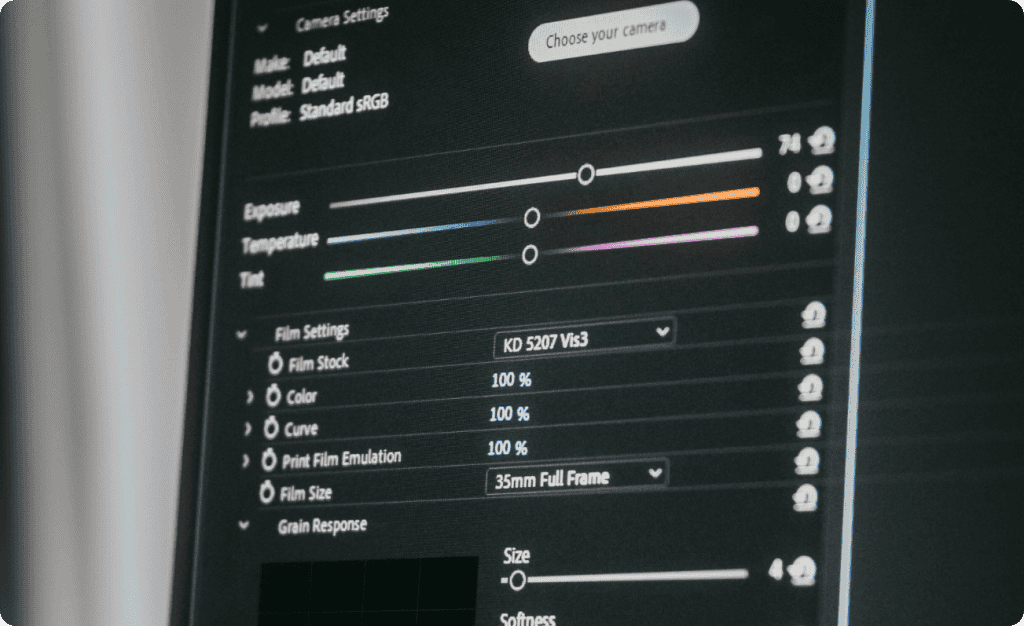

Personalization in Emotional Design
Personalization in emotional design tailors user experiences to individual preferences, creating emotional connections and user satisfaction. Social media platforms for example use personalization to engage users and create deeper connections.New technologies like AI and biometric data are being developed to recognize and respond to human emotions in virtual environments. Machine learning will also play a big role in personalizing emotional intelligence experiences based on user behavior and preferences.
Future technologies like brain-computer interfaces (BCIs) will allow users to interact with virtual environments directly through their thoughts, further enhancing emotional engagement and creating more personalized experiences.
Color and Imagery in Emotional Design
Color and imagery plays a big role in emotional design by evoking specific emotional responses and influencing user behavior.
Key points:
- Certain colors can convey trust and reliability; for example, blue is often associated with banking and financial institutions.
- Strategically chosen colors enhance brand recognition.
- Colors create positive associations with products.
Different colors can trigger physiological reactions and change moods, so the context of color selection is very important. Cultural associations with colors also impact how they are perceived, so diversity in design is key.
Creating a color storyboard can help designers align their color choices with the emotions they want to evoke in their audience. Understanding the psychological impact of color allows designers to create more engaging and emotionally resonant user experiences.

Micro-videos for Deeper Engagement
Micro-videos are a great tool to deepen engagement and provide clear guidance during onboarding. These videos break down complex information into bite-sized chunks, reducing cognitive load for new users and making the onboarding process smoother.
Using interactive videos during onboarding can create a more engaging experience by guiding users through features step by step. This encourages active participation and helps users understand the product better.
Optimizing video length based on content complexity is crucial to keep the viewer’s attention and maximize impact. Overall micro-videos are more effective than text, as they are visual, actionable and personal, and enhance the first time user experience.
Emotional Design in Everyday Objects
Emotional design is not limited to digital products; it applies to everyday objects and how users feel about them. Creating experiences that evoke positive emotions and meaningful connections increases user engagement, satisfaction and loyalty.
Practical ways to apply emotional design principles to everyday objects include understanding user emotions and adding personality to the design. For example creating engaging onboarding experiences that evoke excitement or good human centered design emotions can lead to positive emotional responses.
Using color and imagery in everyday objects can evoke specific emotional responses and create memorable design elements. By emotionalizing everyday user experiences designers can create deeper connections with products and increase overall user satisfaction.
Measuring Emotional Design
Measuring emotional design is key to understanding how well a product resonates with users and creates emotional connections. By evaluating the emotional response a product elicits designers can ensure their work meets functional needs and creates emotional connections that drive user satisfaction and loyalty.
Future of Emotional Design
The future of emotional design will be shaped by new technologies and paradigms. Social VR platforms for example will transform social connections by providing immersive environments for users to interact with each other. These will create new opportunities for emotional design and allow users to form deeper connections in virtual spaces.
As technology advances emotion design will incorporate AI, biometric data and brain-computer interfaces to recognize and respond to human emotions. This will enhance user interactions and make emotion design an even more important part of the design process in the design or technology fields.
Being ahead of the curve will allow designers to continue to create products that resonate emotionally with users and form lasting emotional bonds, making it the most valuable tool.
Conclusion
Emotional design is a powerful way to create user experiences that go deeper. By understanding and leveraging emotional responses designers can create products that meet functional needs and create meaningful connections with users. This post has covered the principles of emotional design, its importance in user experience and how to apply it in practice.
From Don Norman’s three levels of emotional design to practical examples like personalized onboarding and humanized error messages we’ve seen how emotional design can change user interactions. By applying these principles designers can increase user satisfaction, brand loyalty and create experiences that bring users back.
As we look to the future the integration of new technologies will further enhance emotional design making it an even more important part of the design process. By being ahead of the curve and prioritizing emotional connections designers can create products that truly resonate with users and last.